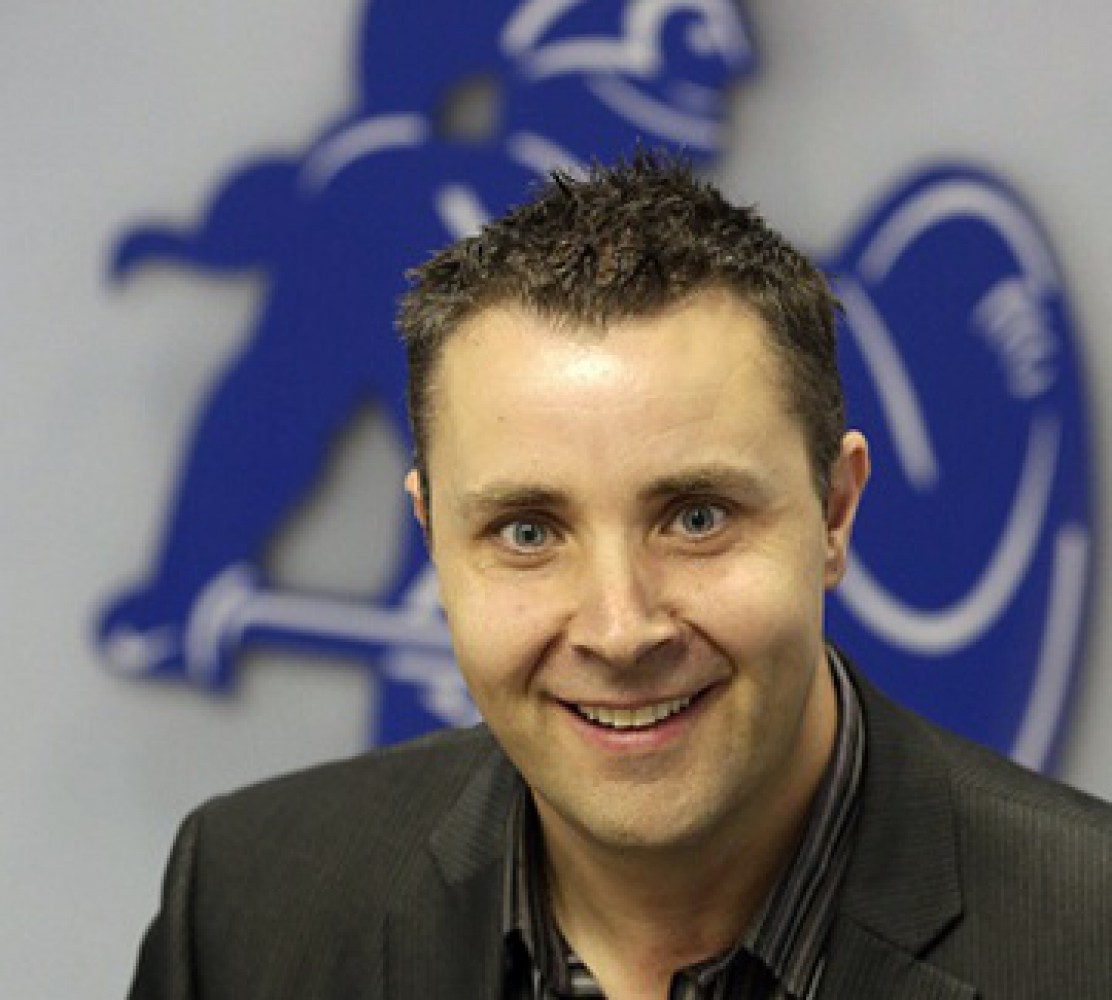So that’s that. The My City, My Say consultation exercise organised by Stoke-on-Trent City Council is over.
In all likelihood, you probably didn’t attend one of the 49 meetings which took place across the city.
I know this because only around 200 people turned up to the key events.
The chances are you didn’t fill in a questionnaire either.
I’m told just over 900 people did.
Being brutally honest, these numbers are pitifully low given how many people live and work in Stoke-on-Trent.
Then again I’m not sure what was expected given that at local elections the turn-out in some wards in the Potteries hovers around the 20 per cent mark.
That’s right. Only around one in five people can be bothered to vote to elect local councillors. It’s frightening.
I was chatting to someone who did attend Tuesday night’s feedback session at the King’s Hall in Stoke and he blamed the lack of engagement in the My City, My Say process on a general feeling of apathy and disillusionment towards politics and politicians – especially at a local level.
I certainly wouldn’t blame anyone who feels angry or frustrated at the city council – or rather the council’s leaders – given some of the decisions that have been taken (or not taken) during the last 15 years.
Today’s front page, for example, will certainly divide opinion…
However, it’s one thing to feel fed up with the local authority’s leadership and it’s another thing entirely to remove yourself from the mechanisms which allow you to change what you’re not happy with.
Some people have blamed the poor attendance on the fact that they didn’t know the events were taking place.
All I can say is that the meetings were publicised in The Sentinel, on local radio, on social media and via organisations including residents’ associations and schools.
As well as the key events, there were many other meetings at churches, children’s centres and even supermarkets.
Suffice to say tens of thousands of people did know about the events but, for a variety of reasons, chose either to not read the information or not to engage in the process.
Some people may have avoided the My City, My Say debates because they believed them to be little more than a stunt, perpetrated by the council’s Labour leadership, to make them seem all warm and cuddly ahead of next year’s local elections.
This isn’t a view I subscribe to, given the conversations I had with council officers before the campaign started. Otherwise I, personally, wouldn’t have given up my time for some of the events.
What’s more, if senior officers and councillors stick to their pledge of holding these consultation exercises on a regular basis then they cannot simply be dismissed as a token gesture or electioneering.
Were the My City, My Say events perfect? Absolutely not. Would I have organised them differently if they had been my gigs? Definitely.
For starters, I wouldn’t have made the discussions so prescriptive or short. At times it felt like people were being rail-roaded away from asking certain questions by the very nature of the topics or duration of the chat.
It was just too ‘stage-managed’ for my liking which inevitably leads to accusations that big, controversial decisions like relocating the council HQ from Stoke to Hanley or the fight to give Fenton it’s own town council were off limits. There was also too little time for questions from the floor.
Having said all that, this was the first time the council had embarked on such an extensive consultation process and thus it was a steep learning curve for all concerned.
It was still, in my opinion, a very worthwhile exercise because the people who did attend engaged in a high level of debate – making some terrific (and occasionally left-field) suggestions about what our priorities should be, both as a city and as communities.
This feedback, along with the information garnered by the 900 plus questionnaires, is incredibly valuable market research for the council and should help officers and politicians to better tailor policies to local priorities.
So where do we go from here? I guess that’s the big question. Well, for me it’s very straightforward.
The council needs to analyse the data properly and then demonstrate within the next couple of months (certainly this side of Christmas) that tangible results have come from this exercise.
They need to show that the people who engaged with the process have been listened to – and the only way to do this is to act on some of the ideas put forward for action at a local level.
Secondly, the authority must keep its promise of holding such consultation exercises more frequently than once every three or four years.
Why? Because local authorities up and down the country will be facing the same tough budgetary decisions for years to come and the need to talk to tax-payers about their priorities has never been greater.
Of course, if you still think it’s all a sham and you don’t like what you see and hear, you can always do something about it come polling day in May.
Read my Personally Speaking columns every Friday in The Sentinel

